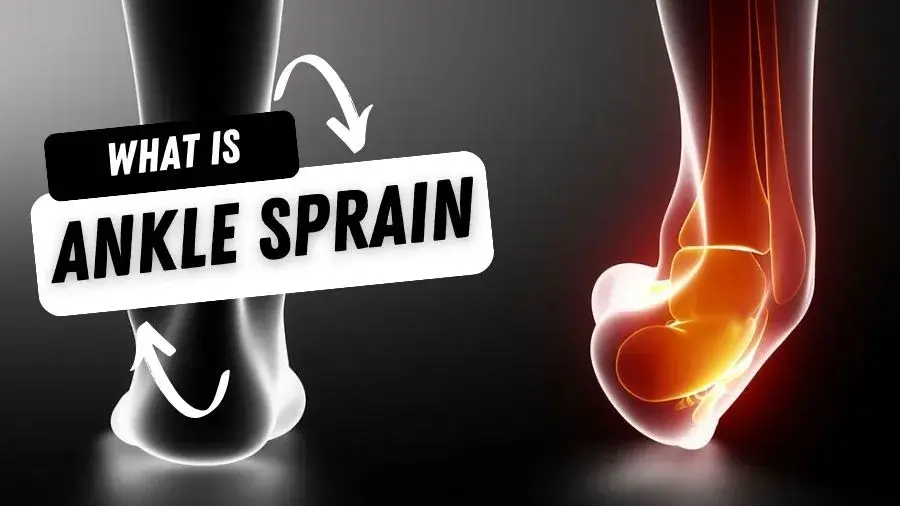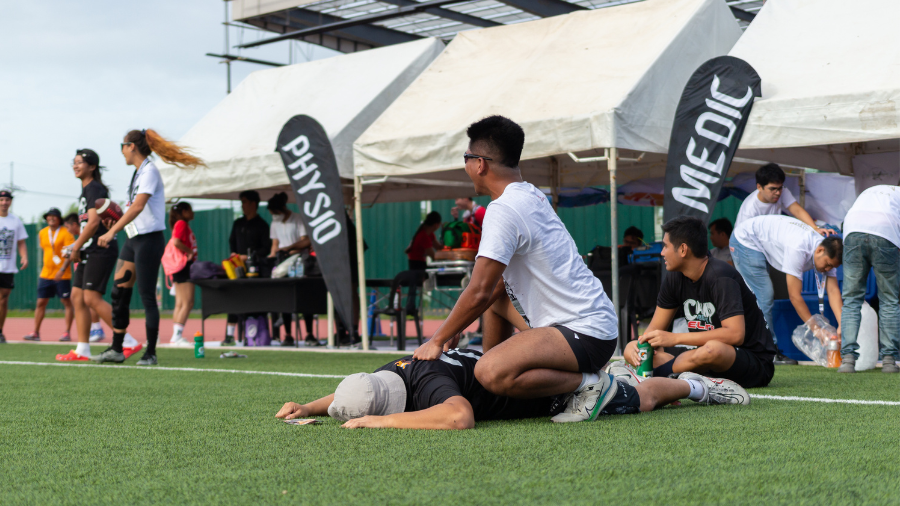Ankle sprains are one of the most common injuries affecting people of all ages and activity levels. They occur when the ligaments in the ankle are stretched or torn, usually due to a sudden twist or turn. This injury can cause discomfort and limit mobility, impacting daily activities and sports participation.
Understanding Ankle Sprains
Ankle sprains typically happen when the foot rolls inward or outward, causing the ligaments that support the ankle to overstretch or tear. This results in pain, swelling, bruising, and difficulty bearing weight on the affected ankle.
Symptoms of Ankle Sprains
- Pain: Immediate pain following the injury, often worsened by movement or pressure.
- Swelling: The affected area may swell due to inflammation of the injured ligaments.
- Bruising: Discoloration or bruising around the ankle due to blood vessel damage.
- Instability: Difficulty bearing weight or walking normally on the affected ankle.
- Stiffness: Reduced range of motion and stiffness in the ankle joint.
Types of Ankle Sprains
- Mild (Grade 1): Slight stretching and microscopic tearing of ligament fibers. Mild pain and swelling with minimal joint instability.
- Moderate (Grade 2): Partial tearing of ligaments, resulting in moderate pain, swelling, and some joint instability.
- Severe (Grade 3): Complete tear or rupture of ligaments, leading to significant pain, swelling, and instability. Severe difficulty in bearing weight.
Ankle Sprain Recovery
Ankle sprain recovery involves several steps to ensure proper healing and rehabilitation. Rest, ice, compression, and elevation (RICE) is a common initial approach to manage pain and swelling. Physical therapy exercises, including balance and strength training, are crucial for restoring function and preventing future injuries.
Tips for Ankle Sprain Recovery
- Rest: Avoid putting weight on the injured ankle and refrain from strenuous activities.
- Ice: Apply ice packs to reduce swelling and alleviate pain.
- Compression: Use compression bandages or wraps to support the ankle and reduce swelling.
- Elevation: Keep the injured ankle elevated above heart level to minimize swelling.
- Physical Therapy: Follow a rehabilitation program recommended by a healthcare professional to regain strength and flexibility.
Related:benefits of pelvic floor exercises
Prevention of Ankle Sprains
Taking proactive measures can significantly reduce the risk of ankle sprains:
- Wear Proper Footwear: Use supportive shoes suitable for the activity you’re engaging in.
- Exercise Regularly: Strengthening exercises can enhance ankle stability and reduce the risk of injury.
- Warm-Up and Stretch: Always warm up before physical activity and perform stretching exercises.
- Be Cautious: Be mindful of your surroundings and avoid uneven surfaces or obstacles.
Conclusion
Understanding ankle sprains and their symptoms is crucial in managing and preventing these common injuries. Proper care, including rest, ice, compression, and elevation, is essential during the initial phase of recovery. Engaging in a structured rehabilitation program is vital for restoring ankle function and preventing future ankle sprains.




